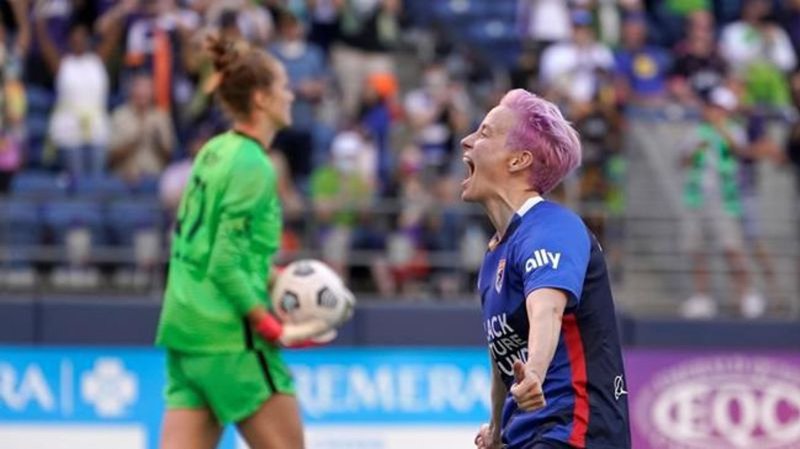
US Soccer says it has offered men, women identical contracts
NEW YORK (AP) — The U.S. Soccer Federation said it had offered identical contract proposals Tuesday to the players’ associations for the men’s and women’s national teams, and the governing body said it would refuse to agree to a deal in which World Cup prize money is not equalized.
The unions for the men and women are separate. Under federal labor law, they have no obligation to bargain jointly or to agree to similar terms.
The men’s contract expired in December 2018. The women’s agreement runs through this December.
“U.S. Soccer firmly believes that the best path forward for all involved, and for the future of the sport in the United States, is a single pay structure for both senior national teams,” the USSF said in a statement. “This proposal will ensure that USWNT and USMNT players remain among the highest-paid senior national team players in the world, while providing a revenue sharing structure that would allow all parties to begin anew and share collectively in the opportunity that combined investment in the future of U.S. Soccer will deliver over the course of a new CBA.”


